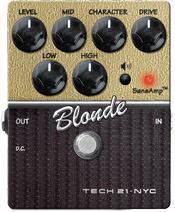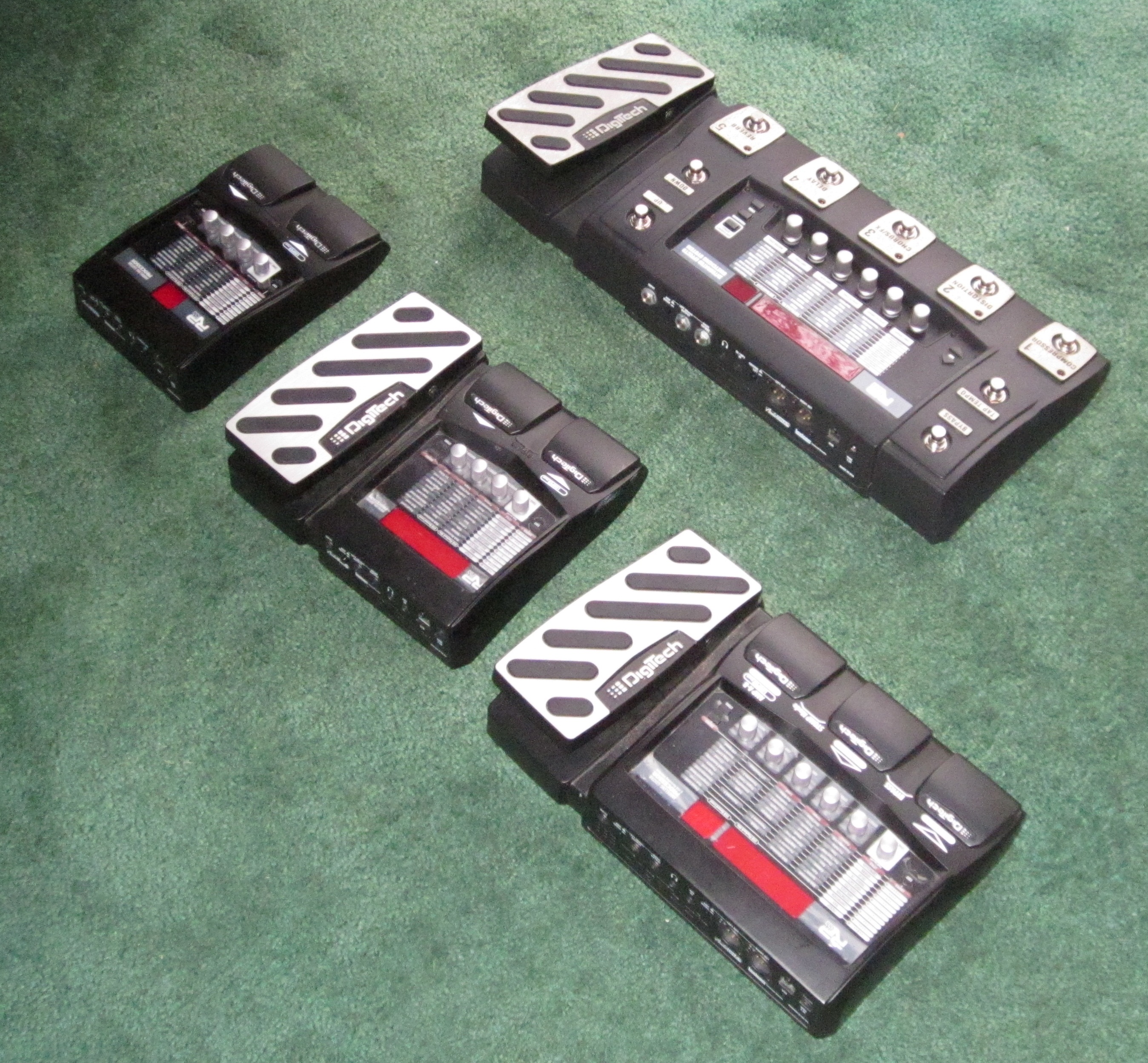
Two Days, Three Jams in London
I was in London Sunday through Tuesday of this week, which was perfect for checking out some blues jams. On Sunday, I hit the afternoon jam at Ain’t Nothin’ But The Blues and the evening jam at TCR (Tottenham Court Restaurant). The two clubs are very different; ANBTB is like an old-school blues club, with a small stage and a narrow room that’s got a friendly, lived-in feel, while TCR is a restaurant with a clean, modern look.
Lots of Guitars and a Few Harp Players
Both jams were lousy with strong guitar players, and a few harp players showed up every night. The ANBTB jams in particular are harp-friendly, beginning with a pronounced preference for lower overall volume levels, which generally helps harps cut through guitars. The preference was spurned on a few occasions, one or two of which occurred with me on stage, but in general I didn’t have to compete very hard to be heard. Davide Mazzantini ran the TCR jam, and was one of the standout players at the ANBTB afternoon jam. Johnny Carroll, Teo Treska, and Alex Miller were additional standouts on guitars. The video below shows Treska and Mazzantini in a recent performance at the Alley Cat–Treska’s on the left, Mazzantini on the right.
And here’s Mazzantini (left) with MUCH shorter hair, which is how he looked this week, and Johnny Carroll (right) playing “Sleep Walk” in January of this year at ANBTB.
Mazzantini and Carroll picked with their fingers and thumbs, no picks, and their playing was fluent and tough. I was totally knocked out by Carroll, whose playing included a very wide range of expressive techniques, ranging from pedal steel-type licks to wicked scratching. We played a funky blues together and had a good time trading fours. Mazzantini’s playing was brilliant, authentic Chicago blues, straight up. He told me that he’s backing Brendan Power on a gig in a few weeks. I told him Brendan may be the best (as in most skilled and innovative) harp player (and harp designer/technician, which I didn’t mention to Mazzantini) in the world right now, to which he responded “Yeah, somebody told me that.” Have fun Brendan!
Slow Blues with Slavic Girl
At the TCR, a blonde girl with a Slavic accent sat in on a slow blues. I wasn’t expecting a lot, but man did she tear the place up. She did about 10 choruses of mixed vocals and scatting, and she blew my mind when she took a solo chorus with her lips closed, imitating a muted trumpet. We traded fours on the last chorus, which was very cool–her ears were very good, and we chased each other around the block. I was asked to lead a couple of songs, and I sang and played on “Key to the Highway” and led the band through a jazzy version of “Comin’ Home Baby,” both of which were lots of fun. I played the latter through the vocal mic, looking for the cleanest possible sound, so I could play some of my favorite open chord voicings without smearing them.
The interesting thing about playing blues in London is that most of the players don’t come from the UK–they’re French, they’re Italian, they’re Russian or Brazilian, they’re extraterrestrials who’ve been picking up radio transmissions from the 1950s out there on Alpha Centauri–I dunno man, it looks like the blues has gone thoroughly international in this town, if not quite intergalactic.
Greg Miller
I met Greg Miller, French-born 2010 National Harmonica League (UK) player of the year (did I mention that most of the people at these jams weren’t from the UK?), at the Monday night ANBTB jam. He sounded very good playing through the vocal mic, with a big, clear tone and a fast vibrato. His second piece was a minor blues, which he played in second position on a standard tuning, bending the draw 3 reed down very fluently to get the minor 3rd. I introduced myself, and he knew my work from my website.
He told me he liked my playing, and we had a brief conversation about the Tech 21 Blonde pedal, which was my amp modeler for these sessions. He took a good look at it and wrote down its name, which suggests that it might soon be his amp modeler too.

The Gear I Used, The Gear I Heard, The Gear I’m Thinking About
It was the first time I’d taken the Blonde to a jam, and it worked very well: fast setup (under two minutes for a complete “amped” rig), decent volume, and big fat tone straight into the PA. I had my Audix Fireball mic and cable with inline transformer for input to the Blonde, and I brought a 1/4″ cable to connect the Blonde to the PA. The PA was on the other side of the stage; good thing I brought the longest cable I have. The Blonde produced some feedback when I got loud to keep up with the guitars, but I was able to get it under control by tweaking the treble and drive controls, and when all else failed, by riding the Blowsmeaway volume control on my mic. I was glad I brought the Fireball–who knows what might have happened with a more feedback-prone mic. My strong preference (in an ideal session where I have 120 volt AC power and time to set up) is to use a Digitech RP between my mic and the PA, but this is London, where I burned out my RP255 power supply a few months ago just by plugging it in to the wall. For a 3-song set that’s all about straight Chicago blues the Blonde pedal worked just fine, with more than enough tweakability in the tone, and it’s by far the most portable amp modeler I own. I’d been thinking about selling the Blonde; I’m definitely over that now.
Next time I go out to jam I may take the Zoom G3, which also runs on batteries and includes reverb and delay, both of which are nice on blues. The guitarists were drenched in reverb on some of those tunes, and it certainly helped set the mood. (The G3 also includes a shipload of effects that sound wild and wonderful, but thoroughly inappropriate for traditional blues. For a rock jam, as opposed to a blues jam, I’d probably reach for the G3 first every time.) Because I had access to a vocal mic at these jams, I was also able to create a more intimate sound that was loud enough when I pushed it to cut through the guitars without strain.
One of the harp players on Monday night was using a Lone Wolf Harp Attack pedal straight into the PA–the first time I’ve heard that setup. It was a very dirty sound, which is probably the result of however the guy had set it up; he told me later that it was the first time he’d used it with a PA, and my guess is that he cranked up the distortion on the assumption that he needed to compensate for the cleanliness of the PA. Dirty as it was, it cut through the band nicely and sounded good with this harp player, an older guy who played in a way that reminded me of Howlin’ Wolf, with simple lines and a big harp tone that worked well with the distortion from the pedal. I enjoyed it.
What’s That Horrible Sound?
These were jams, and in a jam you never know who you’re going to play with. I had some great jams onstage with Alex Miller on guitar, using my Dorian-tuned C harp (which plays in G Dorian in 2nd position) on a fast, tough boogie that alternated between G and Bb. (Alex wanted to play it in F#, but I talked him into moving the capo up another fret. Thanks Alex!) I also had one of the wildest train wrecks ever when some guy in his 50s/60s, dressed like a rocker with a Miami Steve van Zandt-style headband, got up to play guitar. We barely made it through “Key to the Highway”–he seemed not to know that the structure for that song is 8 bars long, not 12–and I actually had to stop and restart the band on “Comin’ Home Baby,” where he a) played the song about half the time in G major, not G minor, and b) lost track of the changes entirely within the first 24 bars, which is really not easy on a 12-bar blues, minor or otherwise, not to mention c) playing it as a shuffle after I called and counted it as a rhumba. Like, wow–how many things can you get wrong on one blues? I think that if you plan to play in public, you need to know your own limits, and stay inside them, which includes not playing on stuff you don’t know how to play. There’s a difference between jamming and practice. But I suppose that some folks don’t know enough to know when they don’t know enough to play a certain song. You know?
It Was the Best of Times
The joy of jamming is when things come together with people you’ve never played with before, and the result is music that’s alive with the sense of discovery. I had plenty of those moments at three jam sessions in London in two days, and I’m looking forward to my next trip there.
Related Posts
Leave a Reply
You must be logged in to post a comment.
WHAT’S NEW
Categories
- Audio/Video
- Blog
- Blue Future
- Digitech RP Tricks and Tips
- Discography, CDs, Projects, Info, Notes
- Featured Video
- For the Beginner
- Gallery
- Hunter's Effects
- Hunter's Music
- Huntersounds for Fender Mustang
- Meet the Pros
- More Video
- MPH: Maw/Preston/Hunter
- My Three Big Contributions
- Player's Resources
- Pro Tips & Techniques
- Recommended Artists & Recordings
- Recommended Gear
- Recorded Performances
- Reviews, Interviews, Testimonials
- The Lucky One
- Uncategorized
- Upcoming Performances
- Zoom G3 Tips and Tricks
